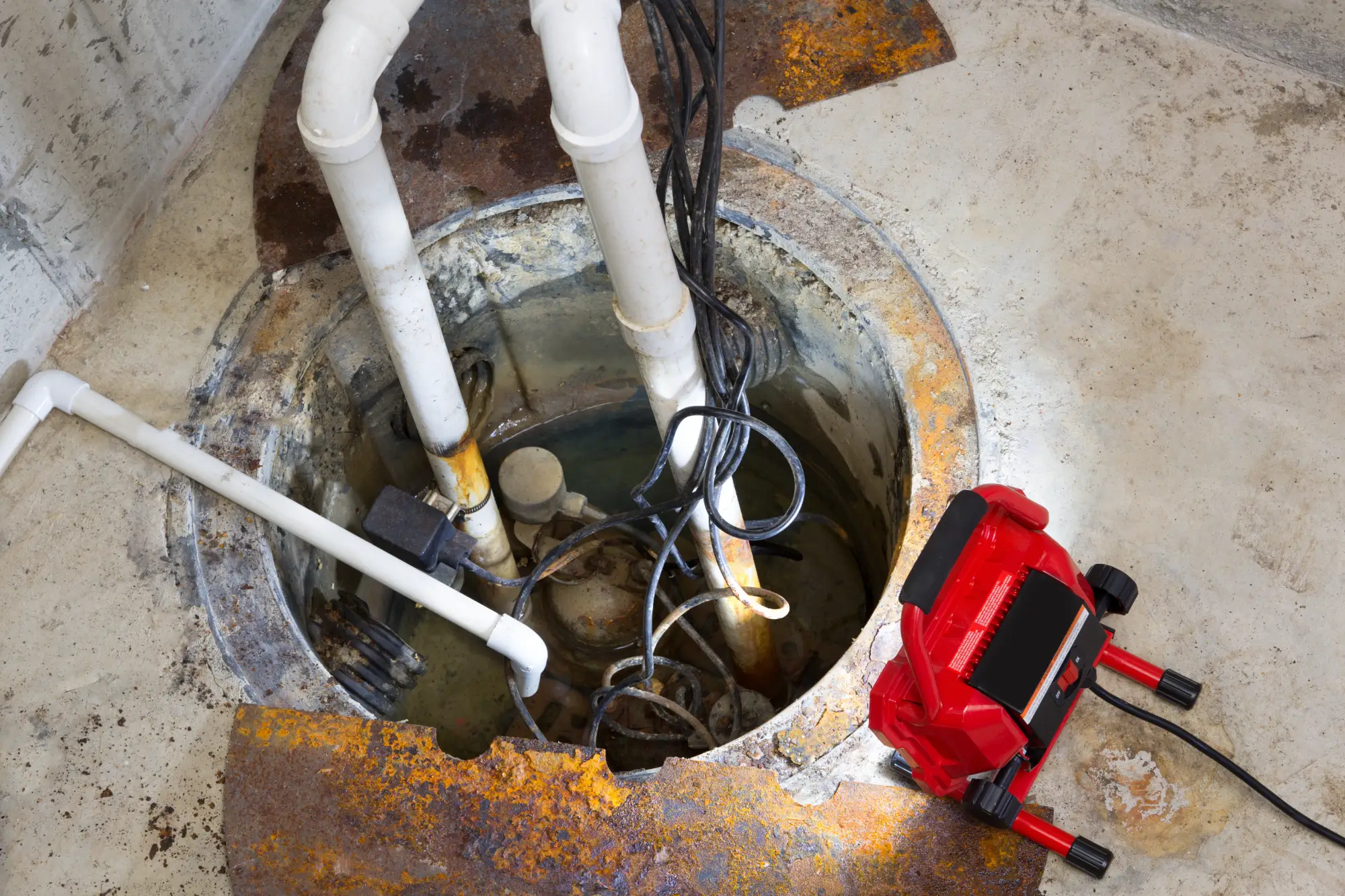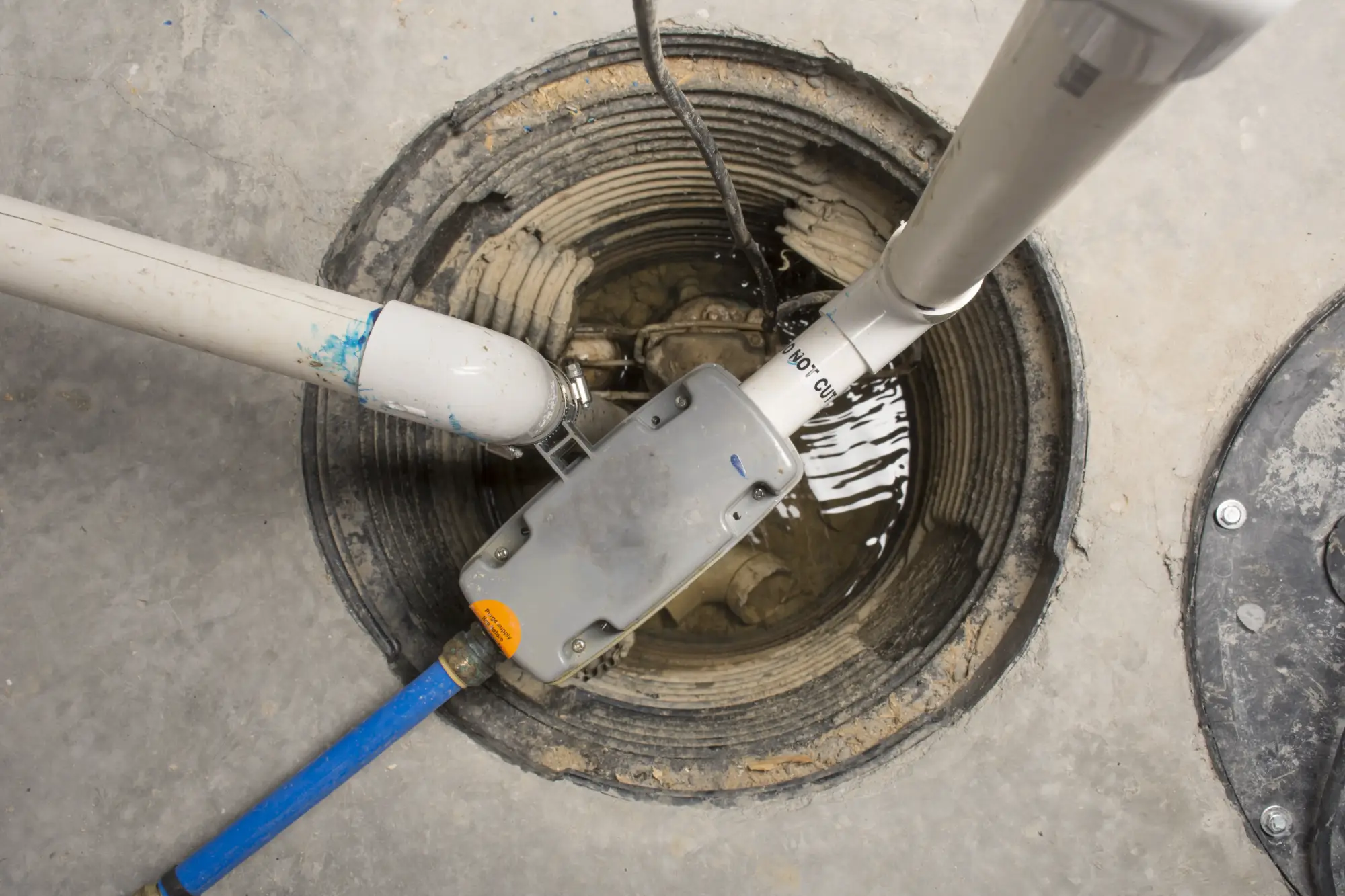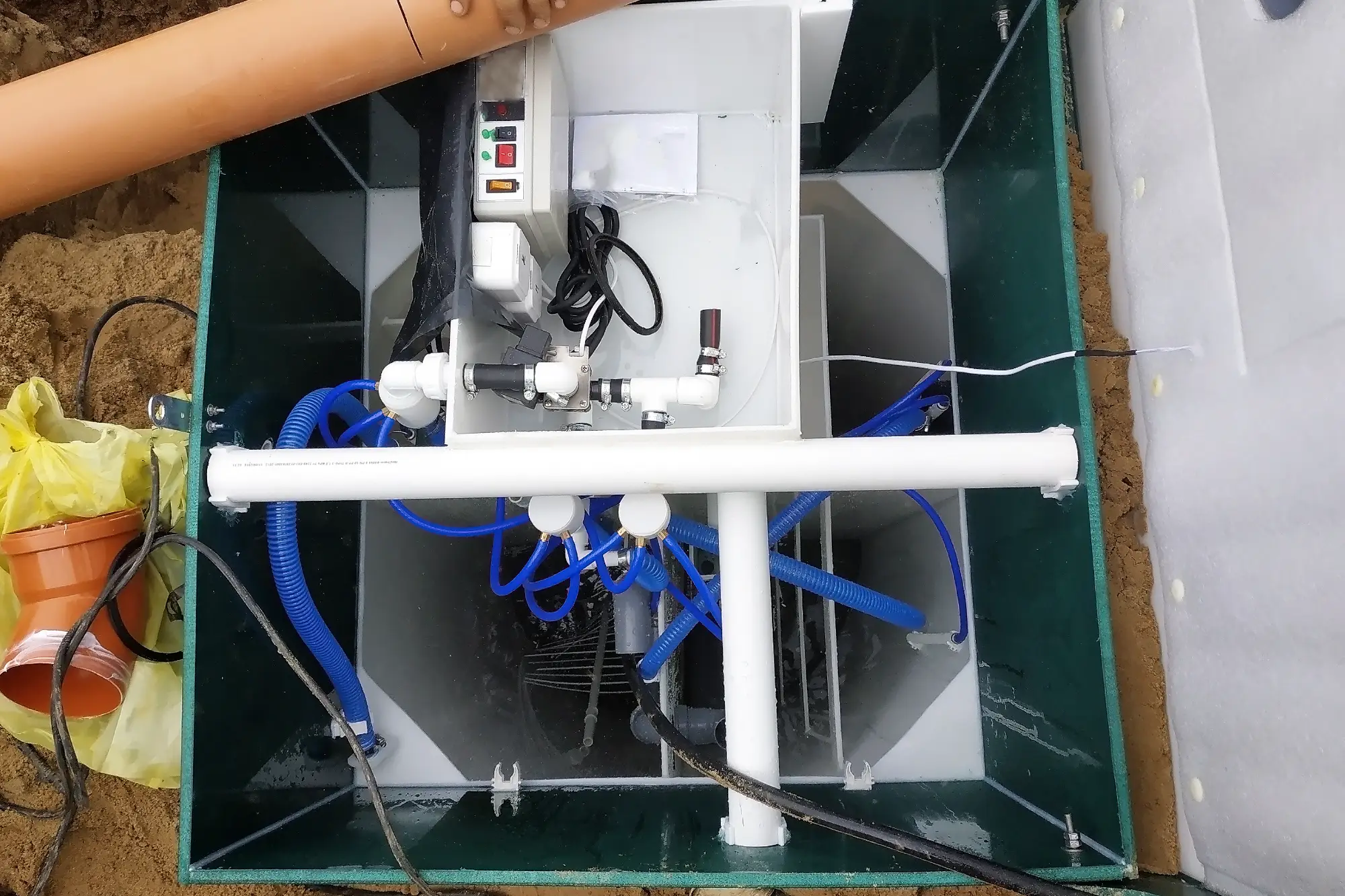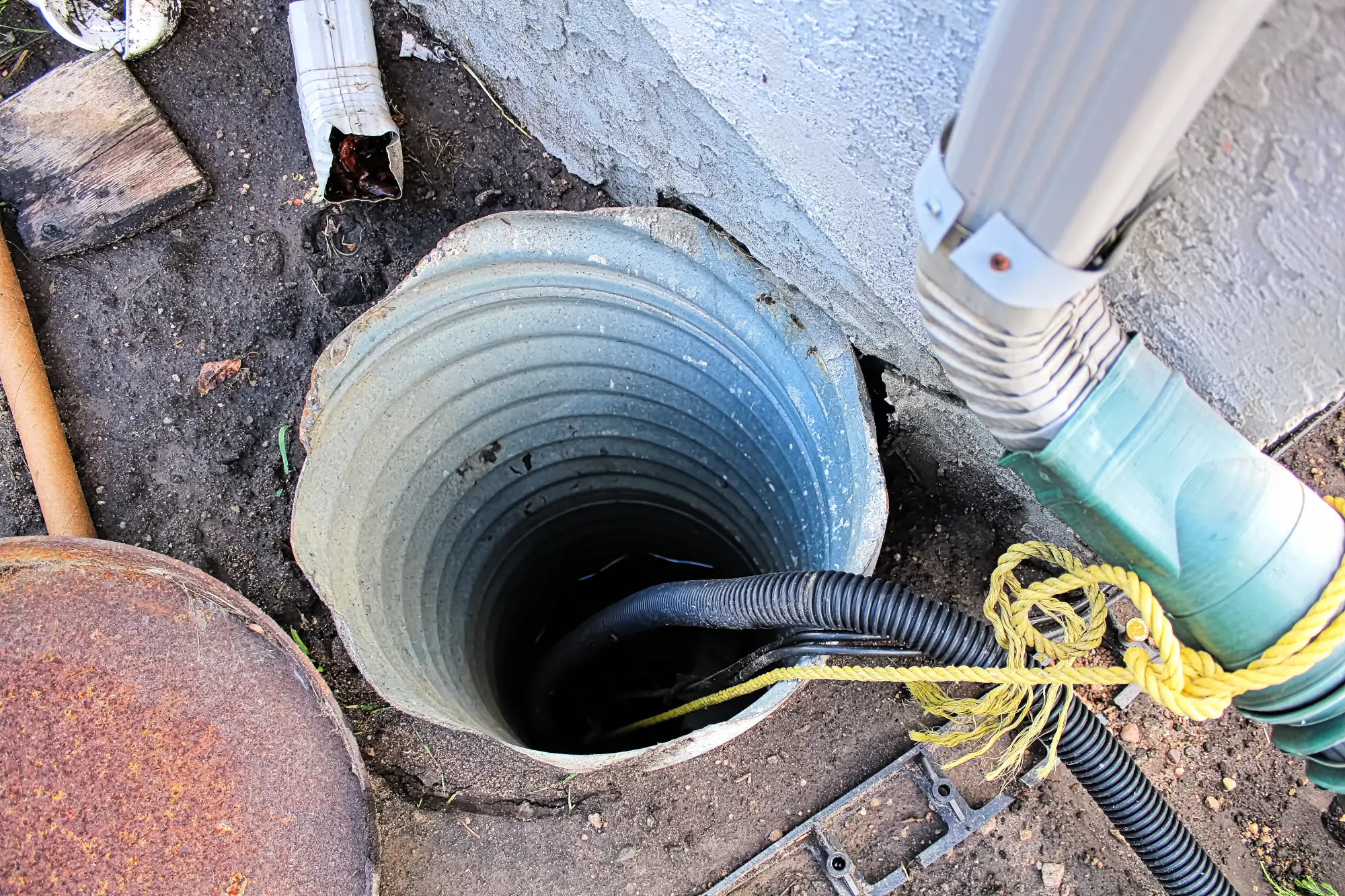Sump Pump Installation in East Massapequa, NY
Basement Protection That Actually Works
Custom sump pump systems designed for Long Island’s unique water challenges and your peace of mind.

Hear About Us

Professional Sump Pump Installers
You shouldn’t have to check your basement every time it rains hard. A properly installed basement sump pump system handles the water so you don’t have to worry about it.
When your sump pump installation is done right, you get a dry basement even during the worst Long Island storms. No more moving boxes to higher shelves or wondering if this will be the night your old pump finally gives out.
The right basement sump pump system protects more than just your stuff. It protects your home’s value, your family’s health, and your ability to actually use that basement space the way you want to.
East Massapequa Basement Waterproofing
Diamond Masonry & Waterproofing LLC has been handling basement water problems across Long Island for years. We understand how the high water table and coastal conditions here create challenges that generic solutions can’t handle.
Every sump pump installation we do accounts for your specific soil conditions, water flow patterns, and basement layout. We’re not just dropping in a pump and calling it done.
You’re working with contractors who live here too. We know what works in East Massapequa because we’ve seen what doesn’t work, and we’ve fixed plenty of installations that failed when homeowners needed them most.

Sump Pump Installation Process
First, we assess your basement’s specific water issues and determine the right location for your sump pit. This isn’t guesswork – we look at how water naturally flows in your space and where it needs to go.
Next, we excavate the sump pit to the proper depth and install your basin with the right drainage connections. The pump gets positioned correctly with proper discharge piping that routes water well away from your foundation.
Finally, we test the entire system multiple times to make sure everything works exactly as it should. You’ll understand how to maintain it, and you’ll have our contact information for any questions that come up later.

Ready to get started?
Explore More Services
About Diamond Masonry & Waterproofing
Get a Free Consultation
Custom Sump Pump Solutions
Every basement sump pump installation includes proper pit excavation, high-quality pump selection based on your water volume needs, and professional discharge piping that directs water away from your foundation.
We handle the permits when required and make sure everything meets local building codes. Your installation includes testing, cleanup, and a walkthrough so you understand exactly how your new system works.
Most importantly, you get a system sized and positioned for your specific basement. We’ve seen too many cookie-cutter installations fail because someone didn’t account for East Massapequa’s unique water table conditions and soil composition.

How do I know what size sump pump I need for my basement?
What happens if my sump pump fails during a power outage?
How long does a typical sump pump installation take?
Where should the sump pump discharge water go?
How often should I test or maintain my sump pump?
Can I install a sump pump myself or should I hire professionals?
Local Resources
- Google Map Link
- Find the East Massapequa, NY USPS
- Locate Nearby East Massapequa, NY Pharmacies
- View the Current Weather in East Massapequa, NY
- East Massapequa, NY is located in Nassau county in New York State